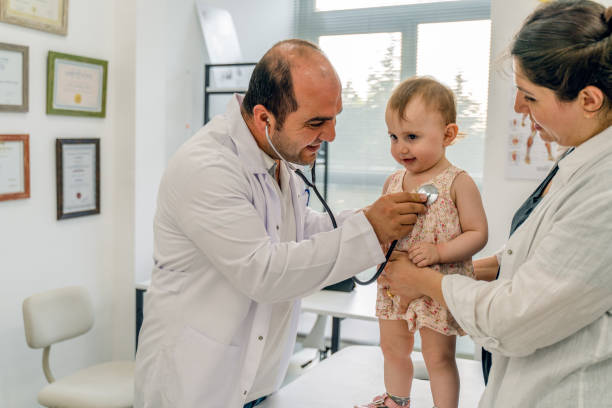As mentioned earlier tetralogy of Fallot is usually performed by either complete intracardiac repair or palliative repair. The surgeon determines the procedure to be performed. An overview of the procedure is given below:
Complete Intracardiac Repair: The surgery is done to ensure proper blood flow to the lungs. The passageway between the right ventricle to the pulmonary artery is enlarged. This ensures that there is a proper blood flow to the lungs thus providing oxygen-rich blood to the entire body. A second fix is performed for the Ventricular Septal defect by placing a patch to cover the hole in the septum. This patch stops oxygen-rich and oxygen-poor blood from mixing between the ventricles. The above mentioned two repairs ensure that there is oxygen-rich blood supply across the body and that the defects of the heart valves are corrected.
Temporary or Palliative Repair: This is done for infants who aren’t strong enough to survive the surgery. It is a procedure that helps to temporarily correct the blood flow to the lungs. The surgery is followed by complete intracardiac repair when the baby grows up. In this surgery, the surgeon places a shunt between a large artery branching off the aorta and the pulmonary artery. One end of the shunt is sewn to the artery branching off the aorta. The other end is sewn to the pulmonary artery. This causes an additional pathway for blood to travel to the lungs to get oxygen. The shunt is removed when the baby’s heart defects are fixed during the full repair.






